Fieldwork is always an exhausting combination of hard work, exciting places, new experiences and (often) mind boggling amounts of organisational and logistical slog. Ghana did not disappoint on any of these fronts.
Luckily, Phil had done a brilliant job of organising much of what we would be doing prior to leaving and so our timetable ran incredibly smoothly, with the climate also playing along and only writing off one afternoon with a tropical storm. Although our traps were infested by a variety of invertebrates (spiders, slugs, termites and caterpillars to name but a few) they were largely present and correct, only one had disappeared completely and a few seemed to have mysteriously lost their cotton wool.
We’ve managed to set up three more sites, with plots representing habitats along a Forest-Savannah transition zone, meaning that we should get a really interesting set of samples this time next year, helping us to pick apart how vegetation changes are reflected in the modern pollen record. We also collected some modern grass samples to do some potentially exciting pollen taxonomy work on (watch this space!).
On the outreach side of things, I was lucky enough to spend a morning with the Lightyear Foundation in a school near Kumasi, seeing them carry out their brilliant work bringing practical science to Ghanaian kids. It was great to see how engaging their classes were, and I’m hoping to be able to work more with them in the future, teaching about both pollen and wider science topics.
We saw the progress that has been made at the FORIG herbarium and made sure that the equipment we took over was properly set up. This will aid in the identification and processing of many more specimens for this important Ghanaian resource.
On a day off, we went to the beautiful Lake Bosumtwi, the meteorite crater lake surrounded by lush green hills which was the starting point of the whole project and where our sediment samples are taken from. We decided to go pony trekking to get a feel of the lake, something that was particularly brave on Phil’s part, as he had never been riding before!
Overall, it was a fantastic, successful trip and now it’s noses to the grindstone to get all the pollen analysed. We also did a lot of filming, too, so will be editing the footage over the next few weeks and bringing you exciting things like a video diary and an instructional pollen trap making video, for all you DIY enthusiasts.

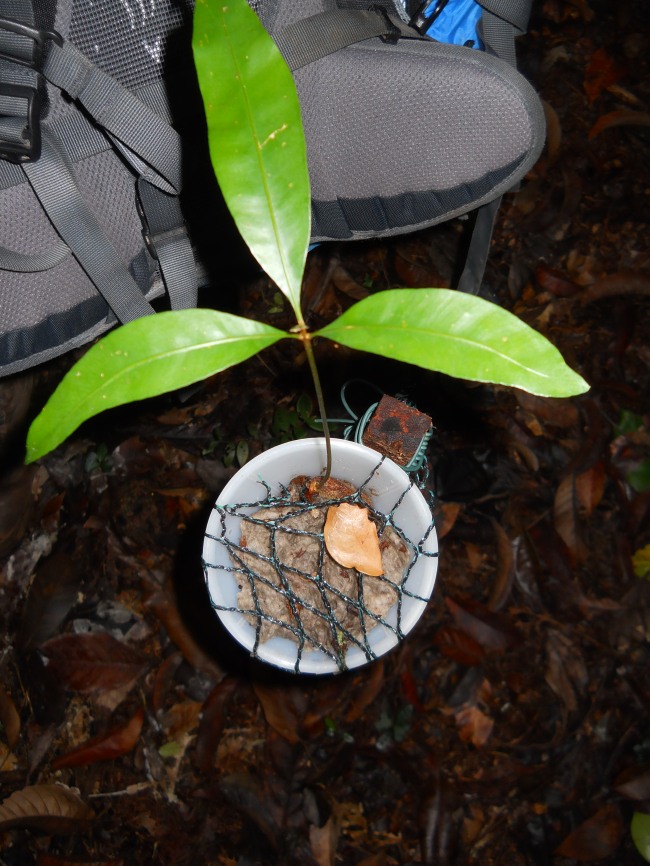
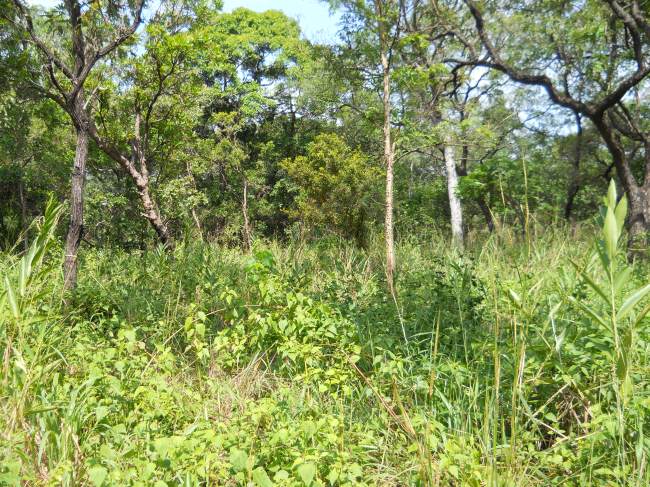
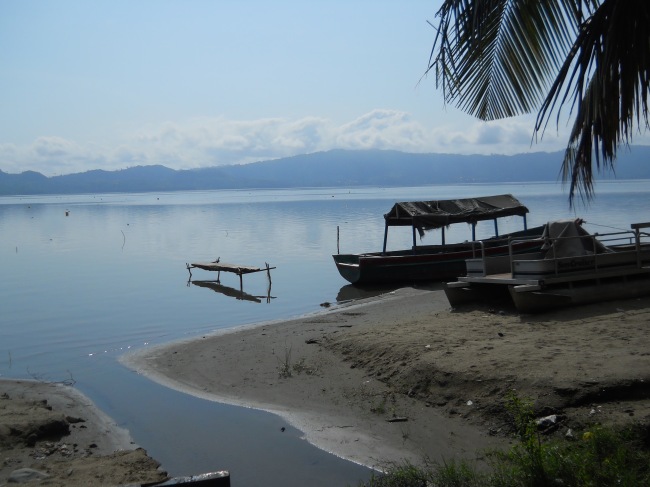
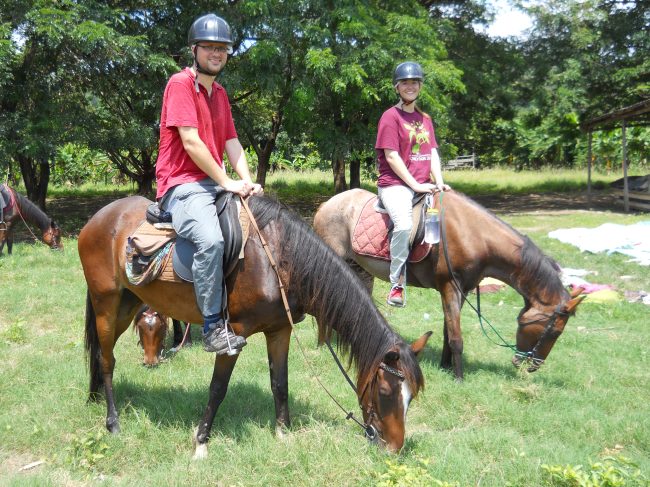
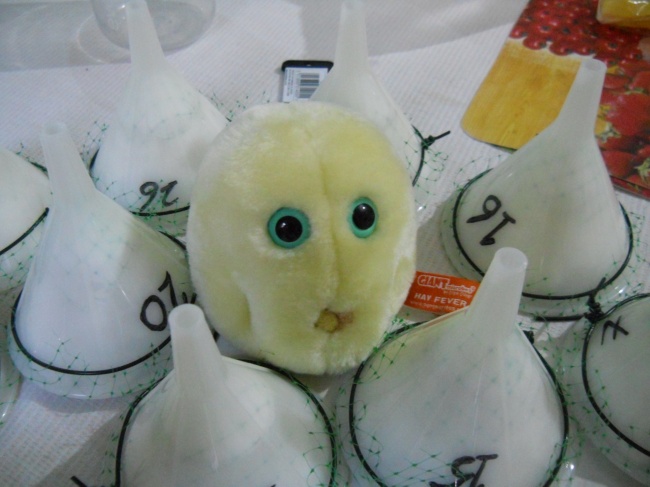
Pingback: Ghana field work: pollen traps, vegetation, lakes and horses! | Palaeolimnology et al.
Hey,
Awesome post, great to see someone writing about plant related fieldwork!
If you might be interested in writing about it some more, have a look at the link below, and get in touch.
http://www.jamesborrell.com/fieldwork-interviews/
Best Wishes,
James Borrell